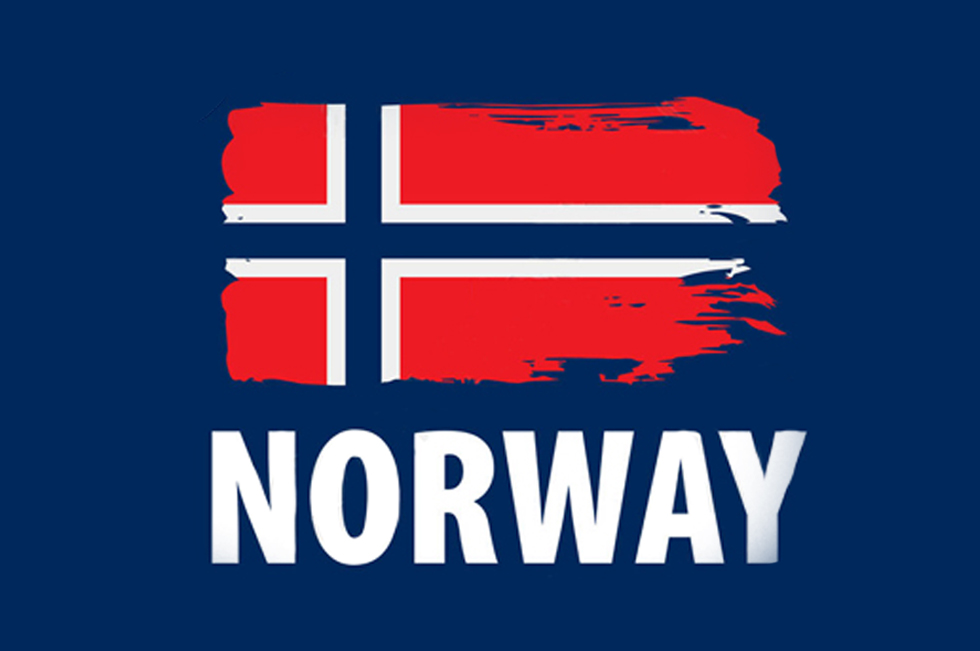Norway, one of the world’s largest and most advanced ship-owning nations, has been a major player in the world’s oceans for over 150 years. It controls over 3% of global carrying capacity.
Norway, the small and sparsely populated nation, located on the edge of the world, was neither a major power like that of other European countries nor a manufacturer or a consumer of vast quantities of manufactured goods. Besides, the beautiful landscape of Norway offers limited exploitable resources like stone, timber and a few metals; and the climate confines the vegetation that can be cultivated. Despite all of this, Norway secured and maintains its place as the world’s fourth-largest ship-owning nation measured by value.
This was possible only because the Norwegians started going further from land in the spirit of exploitation – like the Vikings – and to seek access to foreign markets in search of resources. Norway’s long coastline proved to be economically advantageous. It thereafter became the world’s second-largest exporter of fish and seafood.
However, it did not achieve sustained and rapid growth until the second half of the 19th century. Its market value rose when the major European powers were in wars and vice-versa.
However, besides the favourable geographic location and vast nautical history, the Scandinavian country’s culture too channelled huge investments into shipping. Today, the Norwegian-controlled fleet consists of around 1,700 vessels. The overall fleet has two sectors, vessels flying under the Norwegian flag – either Norwegian Ordinary Ships or Norwegian International Ships (NIS); and Norwegian-controlled ships sailing under a foreign flag.
Through the years 2019-2020, the fleet measured in deadweight tonnes saw almost nine percent growth. In January 2021, the fleet consisted of 1783 ships totalling 51.1 million deadweight tonnes.
In the Norwegian fleet, the offshore segment makes up the largest sector by the number of ships and had the highest market value in 2015 after the United States. With the increasing numbers of Norwegian shipowners and newbuilding choosing to fly the domestic flag, registrations started increasing. This became an important aspect for the entire Norwegian maritime cluster, which made Norway the fourth largest in value after China, Japan, and Greece.
According to the Norwegian Maritime Authority, 600 ships were flying the flag of NIS at the end of January 2018. Although the Norwegian Ordinary Ship Register (NOR) weakened somewhat among foreign shipping companies, the Norwegian flag strengthened its position, with an increase of over 60 ships in the last two years. As of 1st January 2021, NIS numbered 691 ships. Moreover, the foreign-going fleet experienced steady growth in both the tonnage and the number of vessels, implying a higher level of competence.
Norway has maintained its position by ratifying:
- Norwegian Maritime Industry Standards Regulations (NORSOK)
- The Norwegian Classification Society (Dnv-Gl)
- Norwegian International Crew Registration Act
- The Fund Convention 1992
- The Supplemental Fund Protocol 2003
- The Ship Safety and Security Act 2007
- The Seaman’s Act 1975
- The Norwegian Maritime Code 1994
- The Harbour and Fairways Act 2009
- The Pollution Control Act 1981
Interestingly, the order book for foreign shipowners consisted of only 49 ships on order, indicating a massive decline, which was never witnessed before. In 2016, the order book was twice as large, and in 2008 it counted to 400 ships, most of which are to be delivered in 2022.
In addition to the guidelines laid by the International Maritime Organization (IMO) and the International Labour Organization (ILO), the Norwegian Government created a high level of work safe environment for its sailors. It is also focused on research and development. Norway as a nation is committed to protecting the environment. It is known that Norway will be one of the first, and worst, hit if sea levels rise substantially.
Other than that, it implemented various strategies to strengthen the registrations and to boost the Norwegian Maritime sector like:
- Increasing apprenticeship grants.
- Strengthening the grant scheme to allow shipping companies to employ more Norwegian seamen on NIS registered ships.
- Implementing preferential policy to exempt all Norwegian taxes on foreign shipowners who own NIS-registered ships.
- Introducing schemes to facilitate Norwegian export.
- In 2016, it eased up on the regulatory framework for registration in NIS.
- In July 2020, it decided to permit bareboat registration in and out of theNorwegian flag to meet the existing and future needs.
- Adding compulsion on ships registered under the Norwegian International Register of Shipping Act to carry out commercial or technical ship-management work through a Norwegian-based ship management company.
Such impactful laws and strategies make Norway the world’s tenth-largest shipping nation in terms of tonnage, and the world’s seventh-largest shipping nation in terms of the number of vessels.
To Be Continued…






